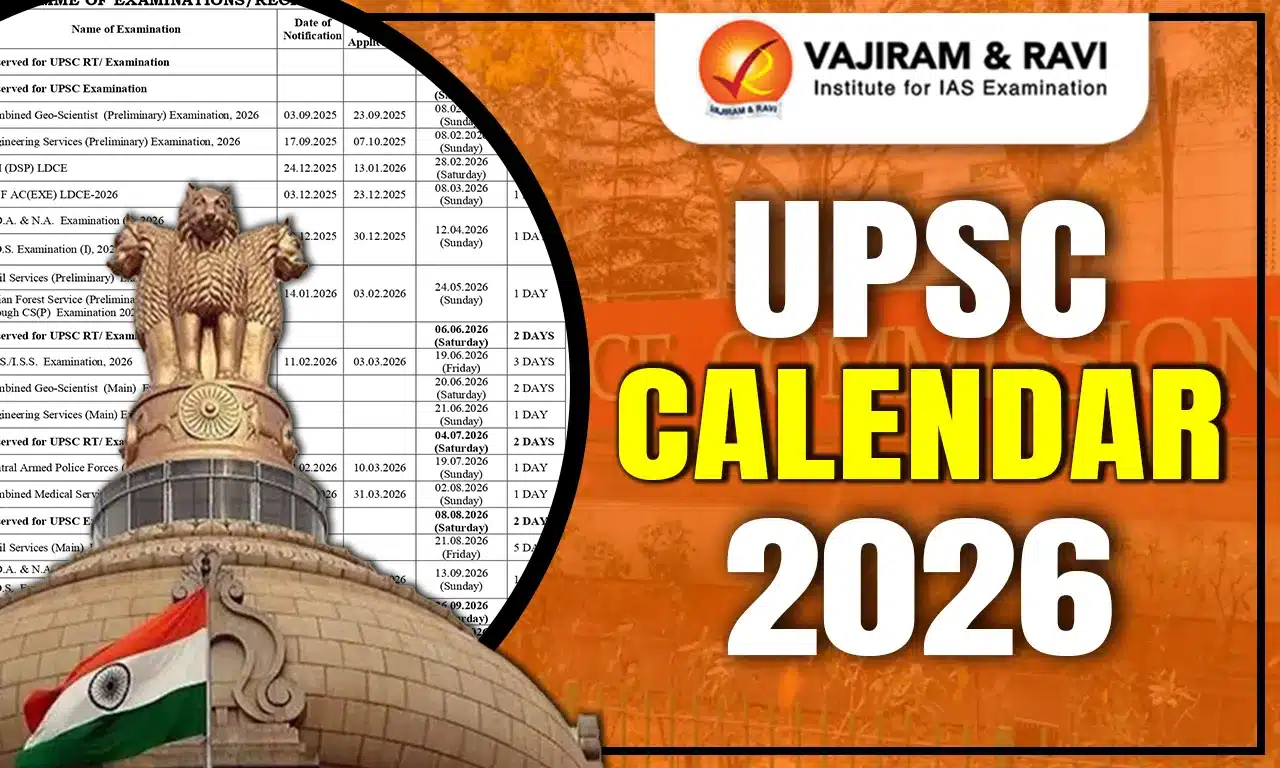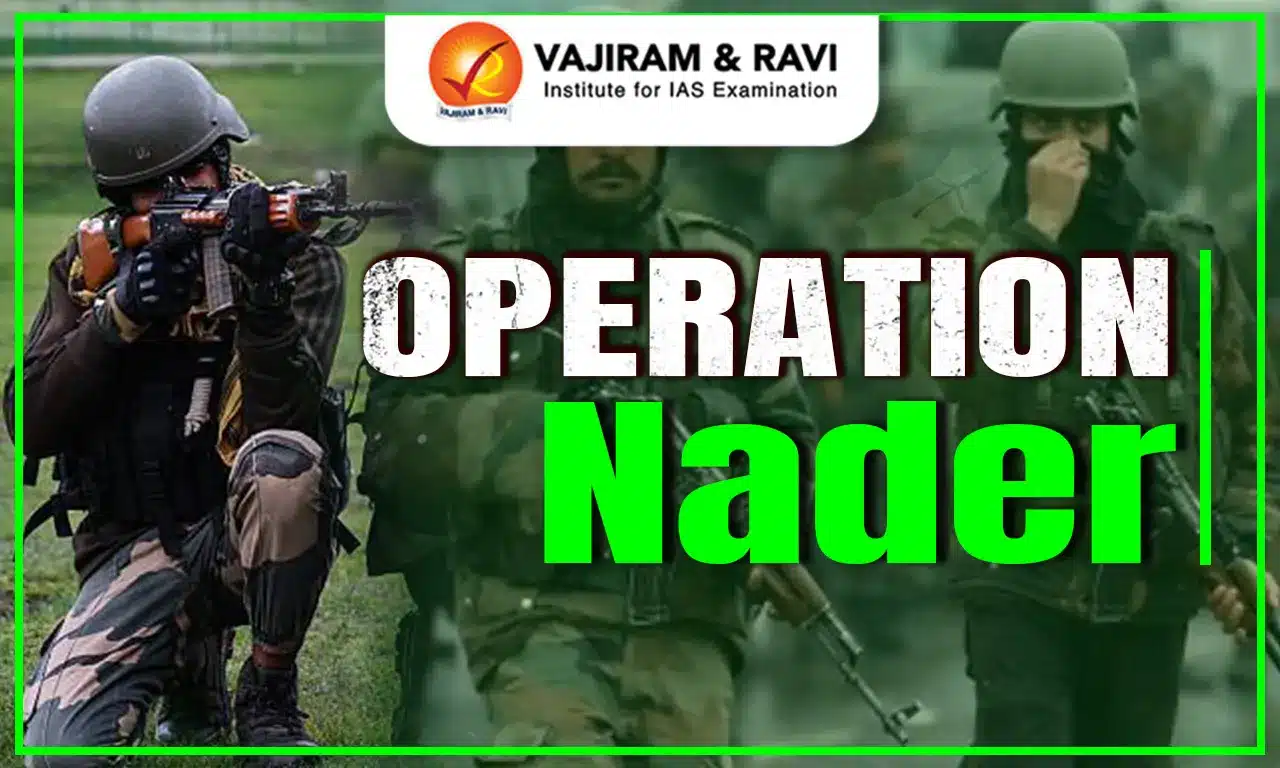A number of female IAS Officers in India have excelled in the most challenging UPSC Civil Services Examination, serving as inspiring role models for other female IAS candidates. According to a study published by Indiaspend, in 2020, out of the 20 top rankers in UPSC Civil Services Examination, 10 were women, while in 2022, the top 4 Ranks of UPSC CSE Result were grabbed by women.
Female IAS Officers
The success stories of past women IAS officers often serve as a source of inspiration for aspiring young girls. Regardless of gender, both male and female IAS officers share the responsibility of upholding the nation and ensuring its smooth operation. The primary role of an IAS officer is to oversee the efficient functioning of the Indian Administration System.
The UPSC consistently puts in extra effort to encourage more women to participate in the UPSC exam, even waiving the application fee for Prelims and Mains examinations to motivate female students. This article aims to provide information about remarkable Female IAS Officers throughout history, including their educational background, IAS ranks, and other relevant details.
Top Female IAS Officers in India
Here is a list of Female IAS Officers in India known for their significant contribution to society:
Anna Rajam Malhotra
Anna Rajam Malhotra, a member of the 1951 batch, holds the distinction of being India’s first female IAS officer.
- She has received the prestigious Padma Bhushan award in recognition of her outstanding contributions.
- Notably, she played a pivotal role in establishing India’s first computerised port, Nhava Sheva, located in Mumbai.
- Furthermore, she holds the distinction of being the first Malayali woman to assume a secretarial position in the central government.
- Her extensive and noteworthy contributions have left a lasting impact on India’s administrative landscape.
Preeti Sudan
Preeti Sudan, a member of the 1983 batch, is an accomplished lady IAS officer who received her training in the Andhra cadre.
Throughout her career, she held significant positions both at the state and national levels, including serving as Joint Secretary in the Ministry of Defense and handling responsibilities in disaster management, tourism, and the Department of Food and Public Distribution, where she was Secretary.
- In addition to her government roles, Preeti Sudan also worked as a consultant at the World Bank.
- Notably, she played a pivotal role in supporting the development and implementation of crucial initiatives like the National Health Policy and the Ayushman Bharat Yojana—a government program designed to provide free secondary and tertiary health coverage to the most vulnerable 40% of India’s population.
- These efforts aim to offer medical support to the impoverished and disadvantaged citizens of the country.
Pranjal Patil
Pranjal Patil, a member of the 2017 batch, stands out as one of the most inspiring female IAS officers in India.
- Notably, she holds the distinction of being the first visually impaired woman to achieve this milestone.
- Her inclusion in the list of female IAS officers in Maharashtra has served as a source of motivation for millions, emphasising the importance of never giving up hope.
- Despite facing significant challenges due to her disability, Pranjal Patil remained resolute and found a way to pursue her dreams.
- Her unwavering determination and dedication to her goals earned her tremendous admiration and recognition, including the prestigious NCPEDP – Mphasis Universal Design Award.
Tina Dabi
Tina Dabi, a notable IAS Officer, secured the first rank in the 2015 UPSC CSE at the young age of 22.
- Her tenure as a Female IAS officer has been marked by initiatives aimed at empowering the underprivileged and marginalised sections of society.
- During the pandemic, Tina Dabi took proactive measures to curb the spread of the Coronavirus in Bhilwara, Rajasthan. She effectively divided the areas and relocated patients to isolation in designated quarantine zones.
- By closely monitoring the accommodations and implementing necessary precautions, Bhilwara experienced a lockdown even before it was enforced in the rest of the country. Tina Dabi’s swift and decisive actions played a significant role in containing the spread of the virus in the region.
Srushti Jayant Deshmukh
Srushti Jayant Deshmukh is undoubtedly one of the leading names among female IAS officers in recent times. Hailing from Madhya Pradesh and belonging to the 2018 batch, she secured an impressive 5th rank in the 2018 Civil Service examination.
- Her dedicated efforts are focused on improving the living conditions of rural communities.
- Srushti Jayant played a pivotal role in the implementation of the Pradhan Mantri Gramin Awas Yojana, a vital initiative aimed at providing housing for the rural population.
- Her commitment to public service and impactful contributions have earned her admiration and recognition in her role as a Female IAS officer.
Female IAS Toppers 2022 – Vajiram & Ravi
Women have been making remarkable strides across various domains and, now, are also shining in the realm of UPSC Civil Services. From excelling in aviation to challenging long-standing traditions, women are proving their mettle in diverse fields, steadily claiming their place at the forefront of progress.
According to this year’s UPSC CSE Result, the Top 4 rank holders have been women. It is a proud moment for us to present to you a part of the Vajiram & Ravi Family.
Ishita Kishore
According to Ishita Kishore, cracking the civil services exam requires discipline and sincerity. Consistency and discipline play a crucial role in succeeding in the UPSC CSE.
Ishita emphasised the importance of quality learning rather than focusing solely on the number of study hours. She created a study schedule and limited her study sources. During revision, she refrained from taking up new books or study materials and referred to her classroom notes. To gain insight into the nature of questions asked in the UPSC Prelims examination, she advised aspirants to go through previous years’ UPSC prelims question paper book. This helps in better preparation and understanding of the UPSC exam pattern.
Garima Lohia
Amidst the Covid-19 lockdown, Garima Lohia embarked on her journey to prepare for the Civil Services Examination. She primarily relied on classroom lectures and focused study material as her study resources, avoiding any other additional materials. To fine-tune her skills, she enrolled in a Mains test series.
Garima adopted a methodical approach to her preparation. She thoroughly analysed the previous year’s UPSC question papers and dedicated herself to intensive answer-writing practice. This focused effort helped enhance her analytical and writing abilities. Moreover, she diligently attempted sample papers to assess her progress and identify areas that needed improvement.
Uma Harathi N
Uma Harathi employed a comprehensive approach to understanding the UPSC syllabus, leaving no topic or subtopic untouched. Staying updated with current events played a crucial role in her progress during the UPSC assessment. Taking test series became a valuable tool for effective time management in her preparation.
Recognizing the significance of NCERT books, Uma highlighted their role in laying a strong foundation for UPSC preparation. While she acknowledged that studying only NCERTs might not suffice, she stressed the importance of using them as a starting point to build knowledge before delving into other study material.
Uma’s advice to aspirants is not to fear failure but to stay focused and undeterred. She suggested reading only the necessary material and focusing on extensive practice. Recognising the competitive nature of the exam, she emphasised that practice plays a decisive role in success, making it a crucial aspect of preparation.
Smriti Mishra
Smriti Mishra, the topper of the UPSC CSE, adopted a comprehensive and focused preparation strategy that paved the way for her success. Here are the key elements of her UPSC preparation strategy:
- She dedicated time to practising answering questions, solving previous year’s question papers, and refining her writing skills.
- Staying updated with current affairs was an integral part of Smriti’s preparation. She skillfully incorporated current affairs knowledge into her answers. Additionally, Smriti emphasised the importance of creating self-written notes, which served as a valuable resource during revision and helped her retain information effectively.
- Seeking guidance from previous year’s toppers like Shruti Sharma, Smriti referred to their notes and answer scripts. By analysing the answers of successful candidates, she gained insights into content enrichment, effective examples, and relevant facts that could be utilised in multiple answers.
- She efficiently managed her time during the examination, allocating approximately 6-10 minutes for each answer to ensure optimal utilisation. She employed various techniques like using diagrams and flowcharts and incorporating quotes and case studies to enhance the presentation of her answers.
Last updated on April, 2025
→ UPSC Notification 2025 was released on 22nd January 2025.
→ The UPSC Vacancy 2025 were released 1129, out of which 979 were for UPSC CSE and remaining 150 are for UPSC IFoS.
→ UPSC Admit Card 2025 is released now for CSE Prelims Exam 2025.
→ The UPSC Prelims 2025 is scheduled to be conducted on 25th May 2025 and UPSC Mains 2025 will be conducted on 22nd August 2025.
→ Apply once through it and aspirants can apply for various government exams conducted by UPSC.
→ The UPSC Selection Process is of 3 stages-Prelims, Mains and Interview.
→ UPSC Result 2024 is released with latest UPSC Marksheet 2024. Check Now!
→ UPSC Toppers List 2024 is released now. Shakti Dubey is UPSC AIR 1 2024 Topper.
→ Also check Best IAS Coaching in Delhi
Female IAS Officers FAQs
Q1. How many Female IAS Officers are in India?+
Q2. Who is the first Female IAS Officer?+
Q3. What are the challenges faced by female IAS Officers in India?+
Q4. Who are the top 10 Female IAS Officers in India?+
Q5. Who is the youngest female IAS Officer?+















